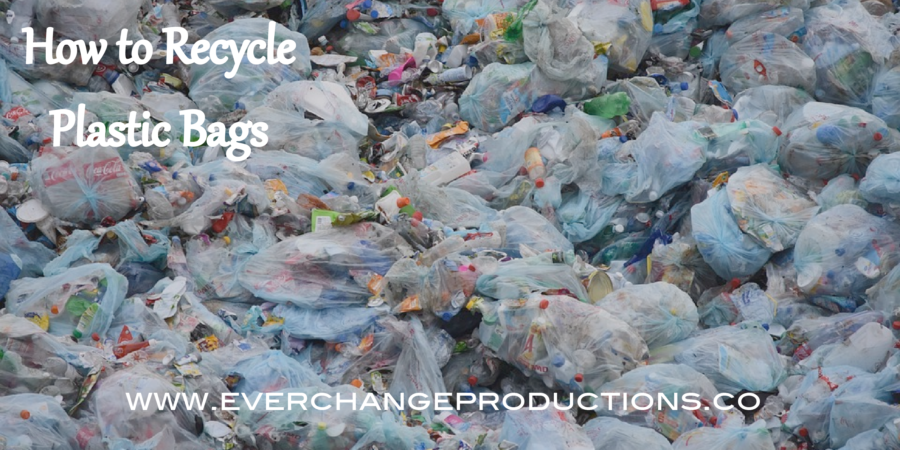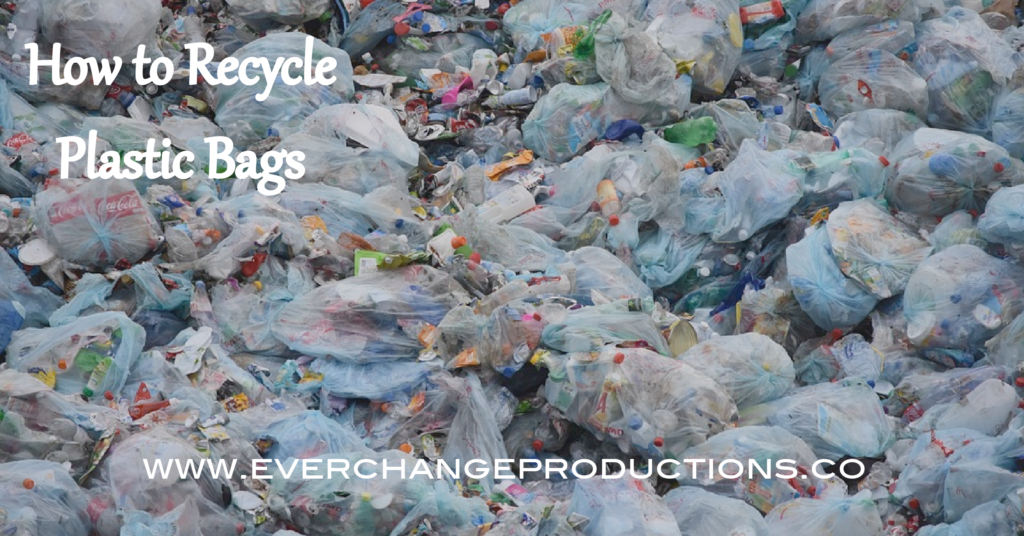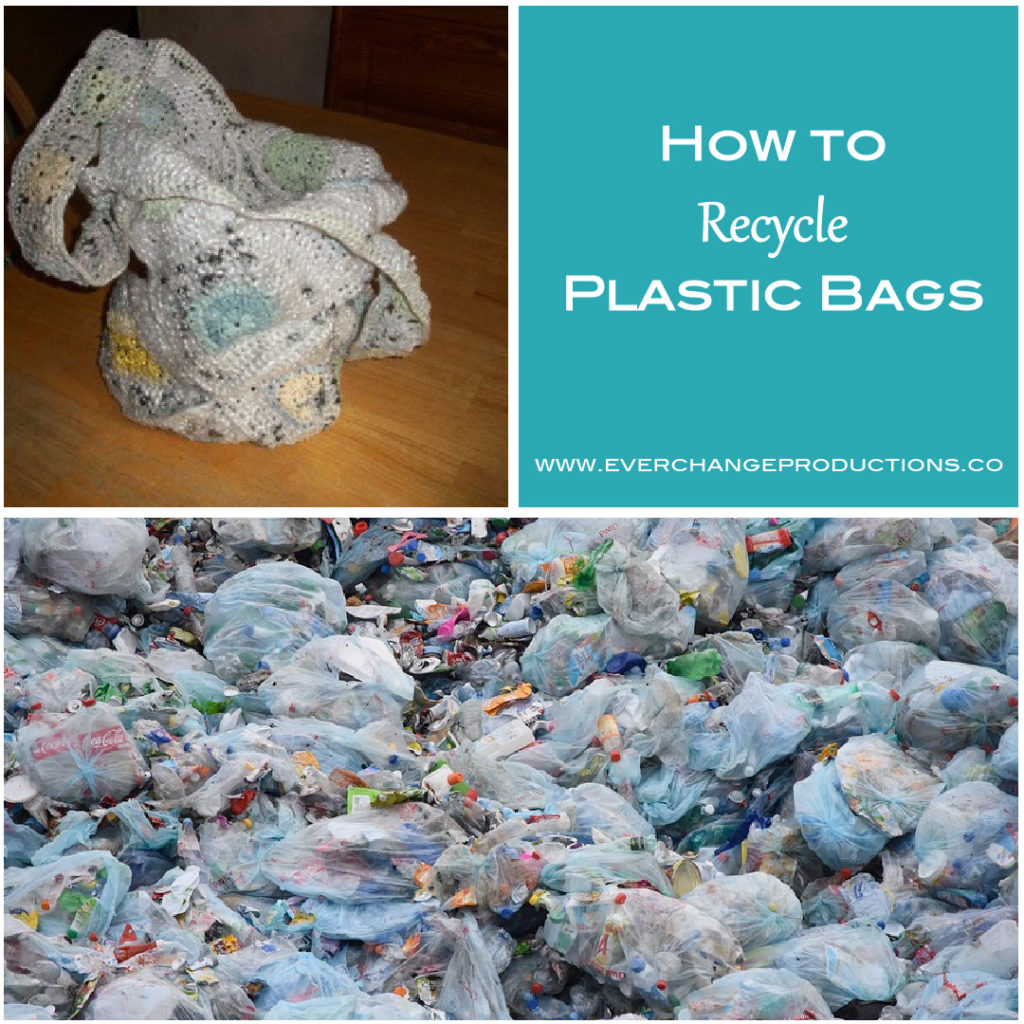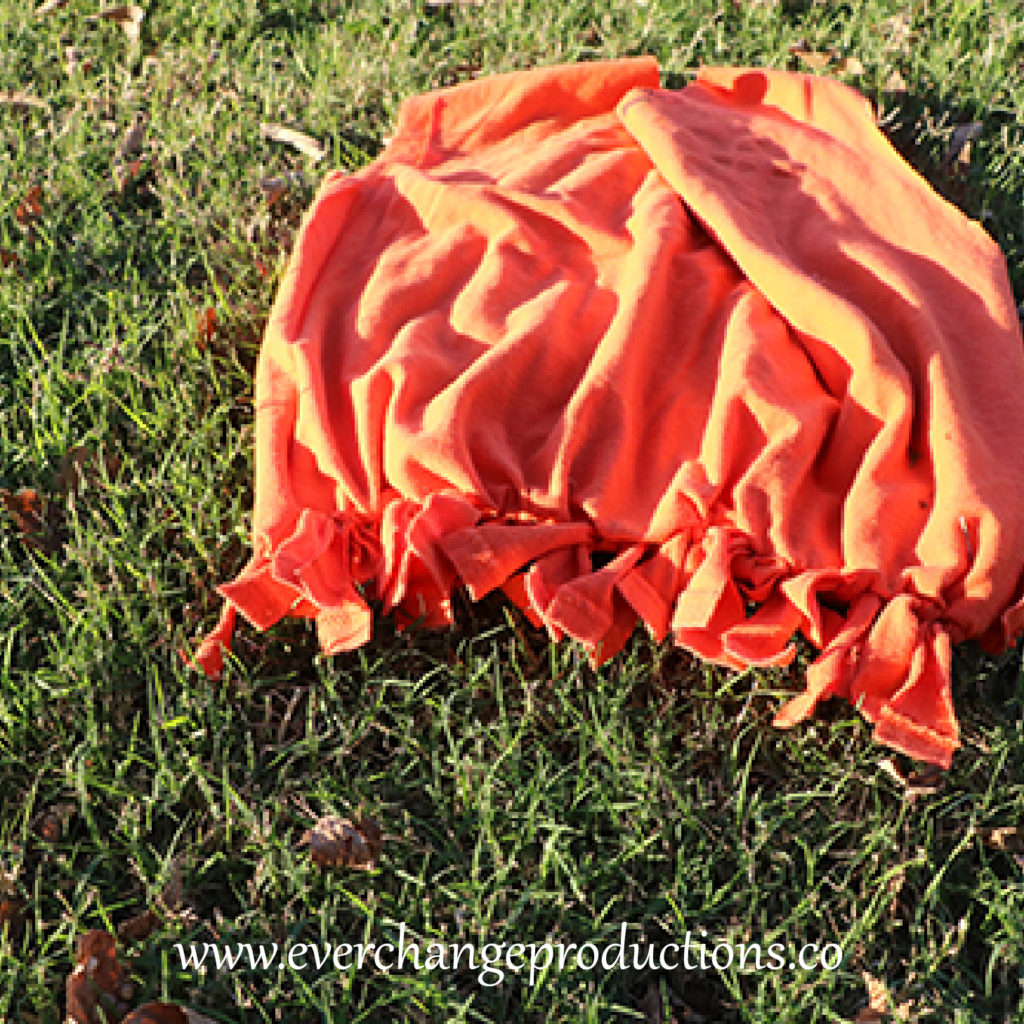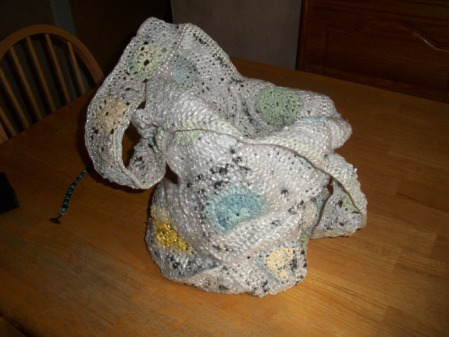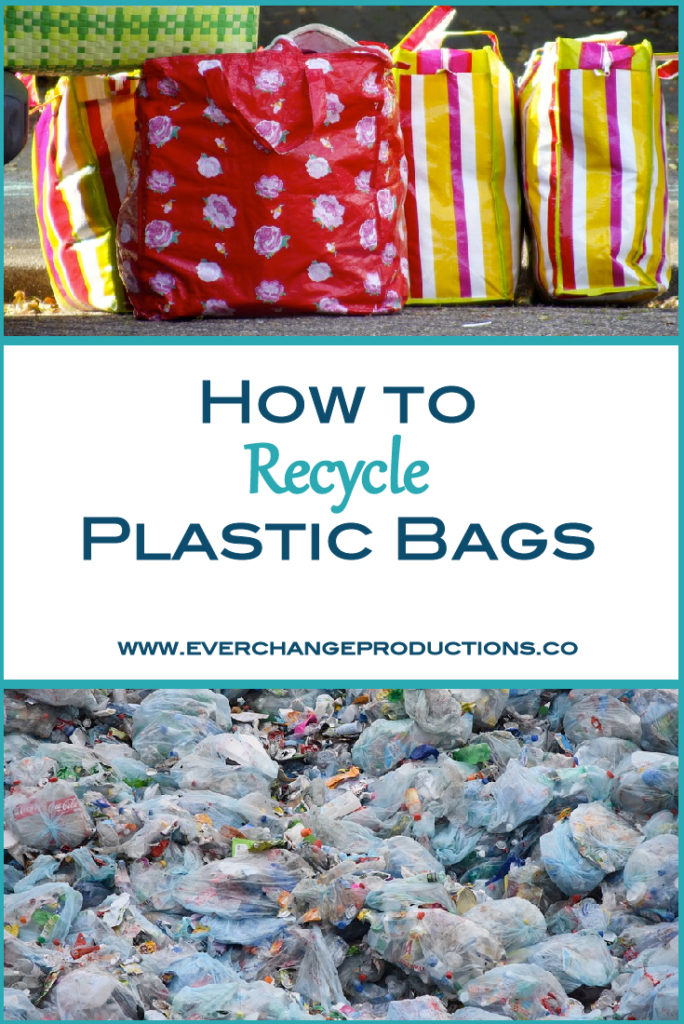Can You Recycle Plastic Bags
Is it possible to recycle plastic bags? This is the question we all came here to learn. While the short answer is yes, there is a lot more to it than that. Unfortunately, it’s not an easy question to answer. However, I’ll do my best to explain the good and bad of plastic bag recycling and give some better alternatives.
Facts About Recycling Plastic Bags
Plastic bags are not as widely recycled as other forms of plastic. In 2012, according to the EPA, only 5 percent of the category of plastics that includes bags, sacks, and wraps ended up getting recycled. That’s compared to 19.5 percent of more common PET bottles.
Plastic bags are typically made of high-density polyethylene (HDPE, number 2 plastic) or low-density polyethylene (LDPE, number 4 plastic). Plastic bags are lightweight and can easily get blown to places they don’t belong. The biggest problem to plastic bag recycling is they’re thin and flexible, they have a tendency to get snagged or tangled in machinery.
The major problem with the plastic bags floating around is they photodegrade. This means that sunlight breaks them apart into smaller and smaller pieces over time.
As they degrade into increasingly smaller bits just a few millimeters wide, a substance known as microplastics, they often end up in soil and waterways—where they remain for hundreds, if not thousands, of years.
As these plastic bags break down they become a problem for wildlife. In the water, they can be mistaken for food by animals such as dolphins and sea turtles, sometimes with deadly effects.
The smaller bits of plastic are also problematic: Research has shown that creatures from small invertebrates to large predatory fish ingest microplastics regularly, and scientists are just starting to understand the health effects this has on the marine life that swallow them.
History of Plastic Bags
Although, different companies were striving to be the first plastic bag manufacturer for years prior, it was around 1977 plastic bags were first introduced into supermarkets.
In 1985, the Society of Plastic Engineer’s Newark Section held its regional conference focusing on new improvements in grocery sacks. The rest was history when it was mentioned 1000 plastic sacks were $24 and 1000 paper sacks were $30
By 1996, nearly four out of five grocery bags were plastic, and today Americans use more than 100 billion plastic bags every year. Although we use them for only an average of 12 minutes, they have a life-span of hundreds of years in landfills.
How to Recycle Plastic Bags
To recycle plastic bags first, remove anything inside the bags, such as receipts, stickers or crumbs. All these items will contaminate your bag load.
Keep a bag collection bin in your house, such as one big garbage bag for all bags. Since they compact easily, you should be able to fit 50 to 100 plastic bags in one garbage bag. Also, Make sure any bags you are recycling have a #2 or #4 plastic symbol on them. If not, you can’t be sure what plastic resin the bag is made from, so you’ll want to reuse it instead, before eventually throwing it away.
Where to Recycle Plastic Bags
It’s not recommended to put plastic bags in with your other recyclables. Special recycling machines are needed to recycle plastic bags efficiently. Putting plastic bags in with the other recyclables will most likely clog up the machines.
Unless your city’s recycling program specifically calls for plastic bags, take them to designated drop-off locations. The plastic films are picked up and taken to a specialty facility that has machinery that can process them correctly.
Look for plastic bag recycling bins at the major grocery store or retailers, usually found at the front of the store.Most plastic bag recycling programs accept clean and dry plastic films such as:
- Grocery/carryout bags
- Newspaper delivery bags
- Dry cleaning wraps
- Bread and produce bags
- Zipper food storage bags
- Plastic cereal box liners
- Case wrap/shipping packaging (often found around diapers, snacks, water bottles, and paper towels)
Keep in mind that some plastic films are not accepted, including:
- Cellophane
- Degradable/compostable bags
- Prewashed salad mix bags
- Frozen food bags
Plastic Bag Recycling Process
The process to recycle plastic bags is complicated.
First, plastic bags travel on a conveyor belt where workers hand-remove contaminants not meant to be recycled.
Next, the bags are washed in flood tanks where all forms of non metallic contaminants including sticky substances such as syrups are removed. Also, they go through magnets to remove metallic impurities.
Then the plastic belts are melted for separating any remaining contaminant from the resins. The different melting points of the bags vs. other materials help recyclers find anything left in the plastic bags that need removed.
At this point, the melted plastic compound is dried and chopped into pellets. The second round of washing through flood tanks and magnets to remove more metallic and non metallic extrusions.
The pellets are then finely chopped into snowy looking pieces of consistent size. The oversized ones are filtered out and sent down to the beginning of the recycling process.
During the final steps, the snowy pieces are melted at 840 degrees Fahrenheit to remove moisture and any remaining impurities.
In the end, the melted plastic resin is cooled down, then dried and chopped into pellets.
These pellets are then sent to be made into something new.
What Can Plastic Bags be Recycled Into
While pellets are sometimes reprocessed into new bags, they will most likely be shipped to a company like Trex to be manufactured into plastic or composite lumber. Composite lumber is a mix of plastic bags and wood scraps, such as sawdust and old pallets. This type of lumber is long lasting, durable and a low maintenance decking and outdoor construction option.
Composite lumber is also used in park benches, backyard decks and fences – even playground equipment.
Plastic Bag Alternatives
There is some debate about plastic bags vs. paper bags vs. reusable bags. It’s enough to drive a person go crazy. They all have their pros and cons. My conclusion was to just make my own bag out of materials I already had.
As an instant solution, I made reusable bags out of old t-shirts. My first version required a serger, which I borrowed from a family member. It was well worth it because they are incredibly sturdy and can hold a gallon of milk no problem.
My second reusable t-shirt bag was an experiment. I just cut the end of the shirt into strips and tied up the bottom. This bag is still pretty sturdy, but every now and again I have to tighten the knots at the bottom.
A few years ago, my grandmother gifted me with a crocheted plarn market bag. It was a huge inspiration for me to learn how to crochet, so I could continue making them. For a more long term plastic bag alternative, I took the plastic bags I had collected and cut them into plarn. I use the plarn to make into market bags, mats and other cool projects.
You can find the tutorial for these reusable t-shirt bags here.
Be sure to leave a comment below and let me know what you think about plastic bags and your favorite plastic bag alternatives.
Save this resource for later!
